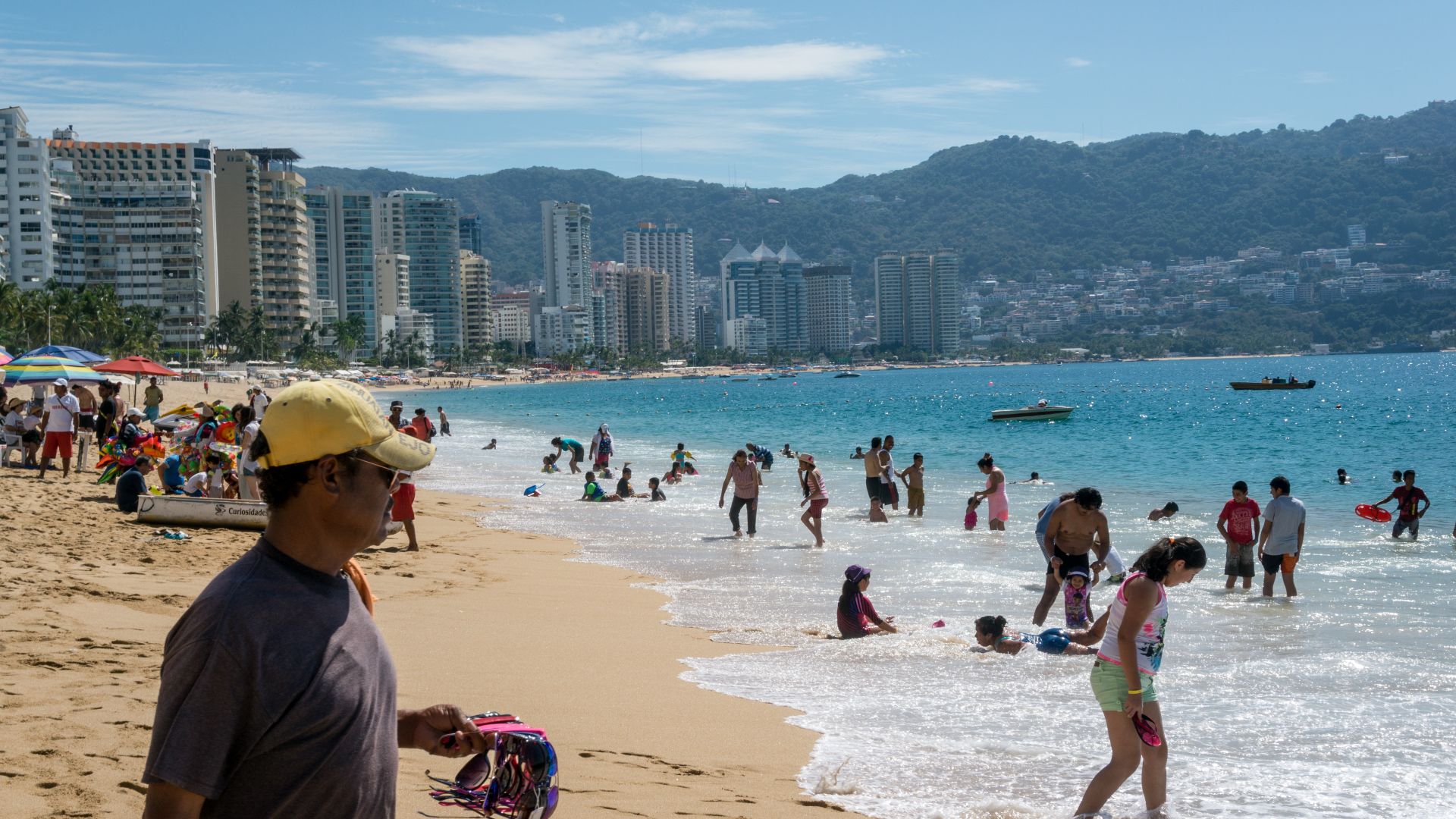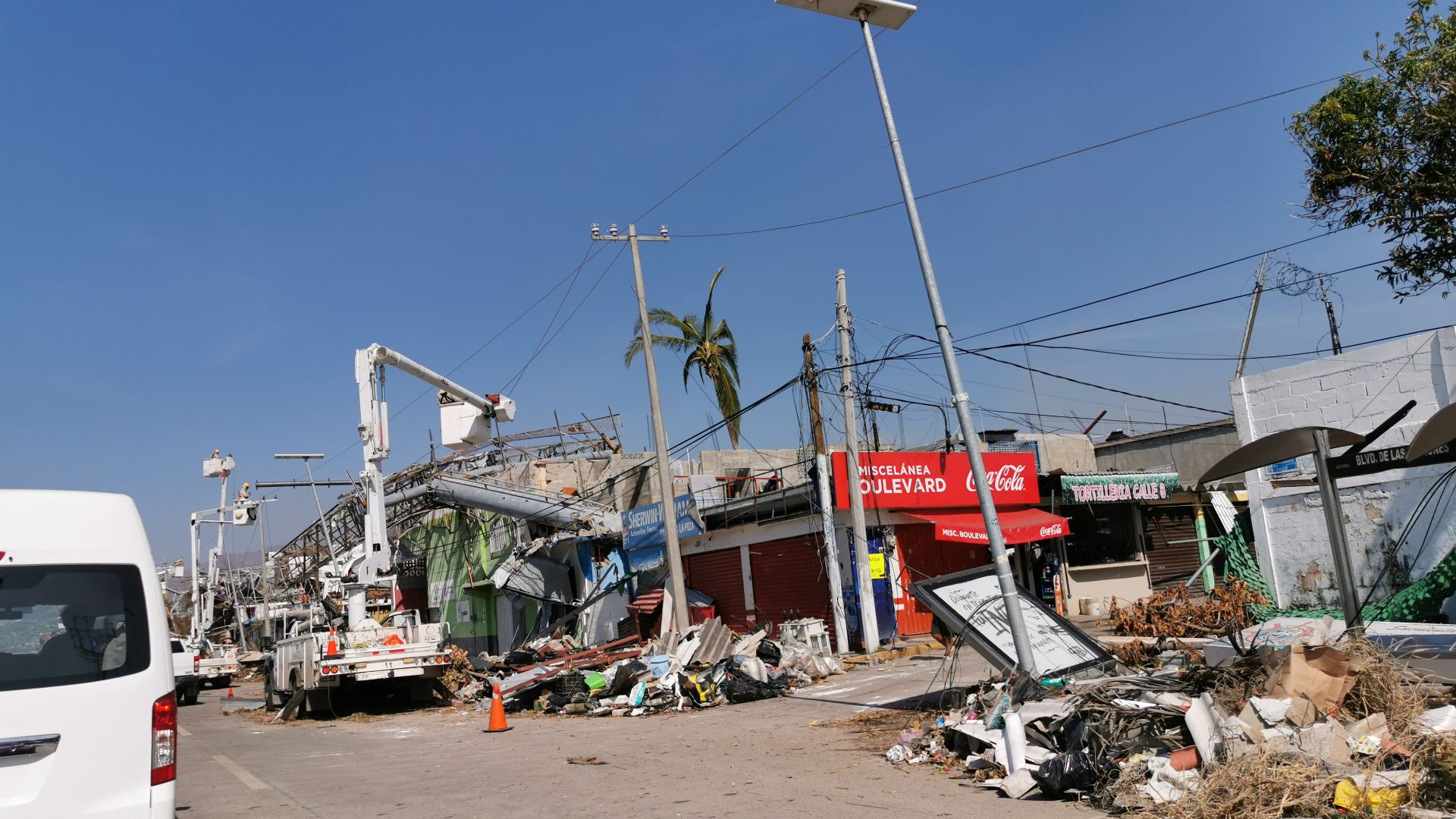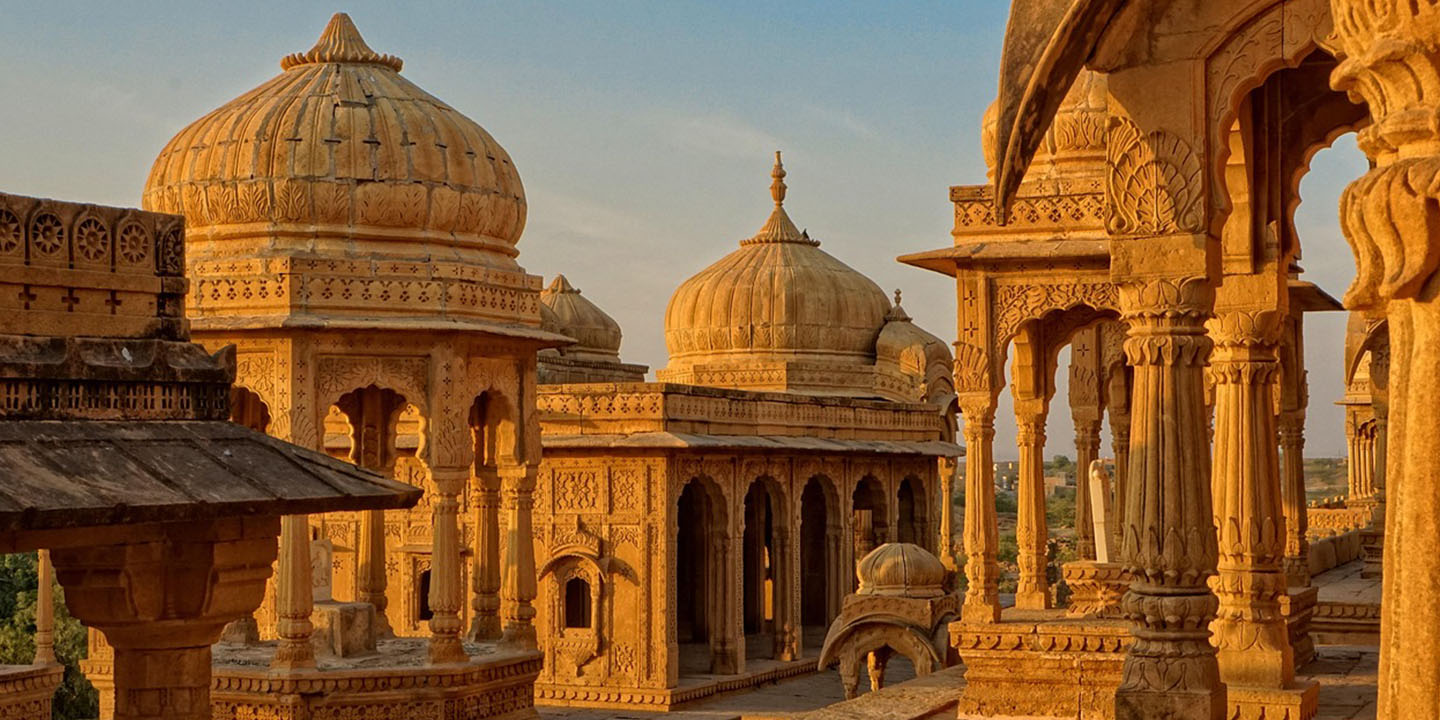Acapulco Was Once Mexico’s Leading Tourist Destination Until Things Took A Drastic Turn
Acapulco Was Once Mexico’s Leading Tourist Destination Until Things Took A Drastic Turn
Remember Acapulco? That beach town everybody talked about back in the day? Movie stars couldn't get enough of it. Then something happened. The crowds disappeared, the glamour faded, and trouble moved in. It all started with a dream by the sea.
A Glamorous Beginning
Acapulco's journey as Mexico's premier destination began in the 1920s when it became a fashionable retreat for wealthy Mexicans. The first road connecting Mexico City to Acapulco opened in 1927, but it was during the 1940s that this coastal paradise truly took flight.
Following WWII, a modern highway reduced travel time from Mexico City to just six hours, igniting Acapulco's shift into an international hotspot. By the 1950s, this crescent-shaped bay had become the playground for Hollywood's elite, earning the nickname "The Pearl of the Pacific."
The Golden Age
The 1950s and 1960s marked Acapulco's golden age. When Elvis Presley filmed Fun in Acapulco in 1963, the movie catapulted the city into the global spotlight. Direct international flights established in 1964 made it more accessible to middle-class travelers, expanding its appeal beyond the ultra-wealthy.
Tourism authorities invested heavily in infrastructure, with President Miguel Alemán Valdés upgrading the port with electrical lines, drainage systems, and highways. The creation of the "Golden Zone" along Costera Miguel Alemán Boulevard, with its high-rise hotels and pristine beaches, symbolized Acapulco's prosperity.
Beginning Of Decline
By the late 1970s and early 1980s, cracks began appearing in Acapulco's glittering facade. New resort developments in Cancún and other destinations along Mexico's Caribbean coast began drawing international tourists away. These newer resorts offered modern amenities and pristine beaches without Acapulco's growing infrastructure problems.
Package tourism boomed, but increasingly bypassed what was once Mexico's crown jewel. The city struggled to maintain its infrastructure as rapid development and population growth strained its resources. Environmental degradation and water quality issues plagued its once-pristine beaches.
The Devastating Plunge
The true collapse of Acapulco's tourism industry began in the mid-2000s with the eruption of Mexico's drug war. In 2006, cartels committed shocking displays of violence that made international headlines. The city that was once a carefree paradise became synonymous with violence and insecurity.
By 2015, Acapulco's murder rate had reached 903 homicides in a population of just 860,000, earning it the grim title of Mexico's most dangerous city and the fourth most violent city worldwide. International tourism plummeted as travel advisories warned against visiting.
Nature's Final Blow
In October 2023, Hurricane Otis delivered what seemed like nature's final judgment on the struggling destination. Making landfall as a Category 5 hurricane with 165 mph winds, the storm devastated Acapulco's remaining tourism infrastructure. Approximately 80% of hotels suffered severe damage, with economic losses estimated at $12–16 billion. Altghough Alacpulco's prognosis as a tourist hotspot remains bleak, there really is no telling what the future holds in store for this once-lauded Pacific getaway.









